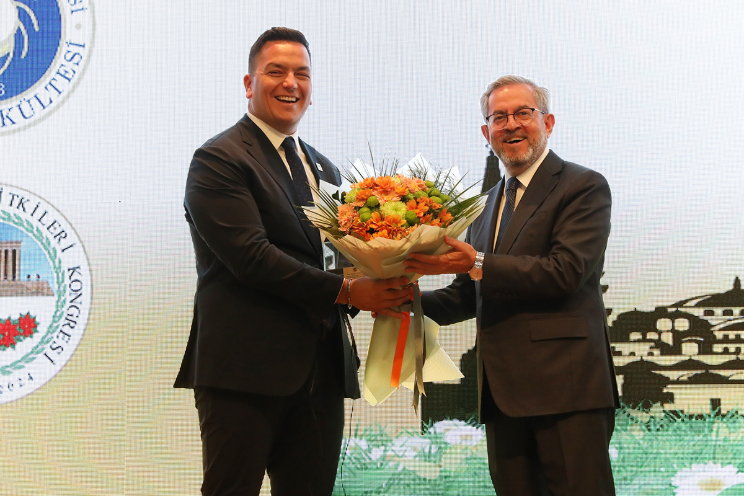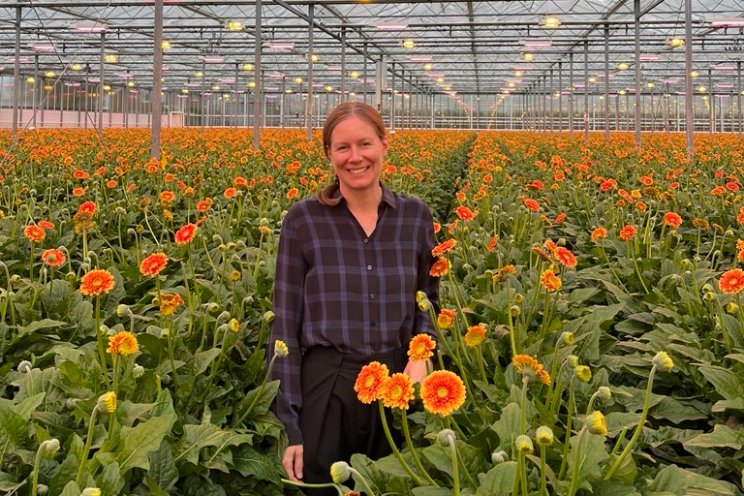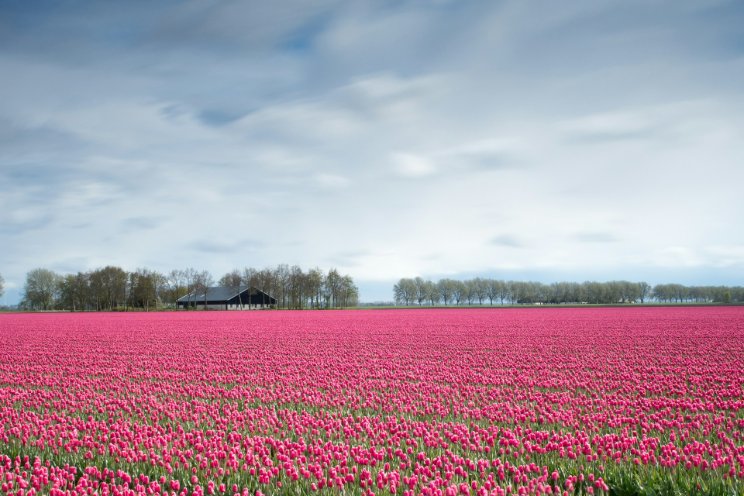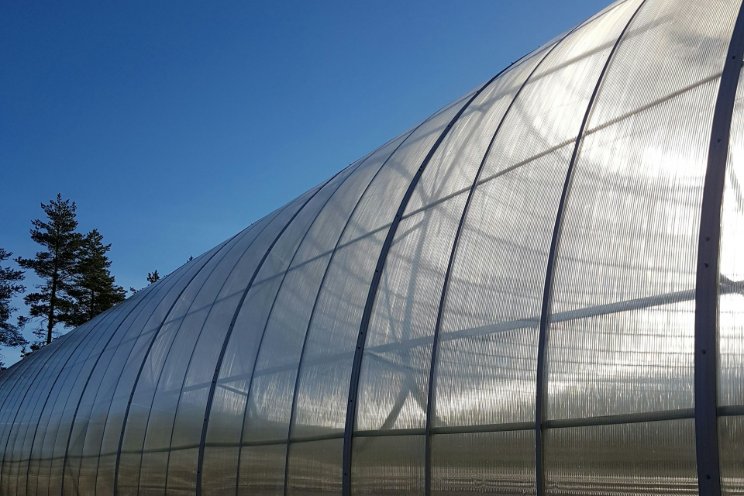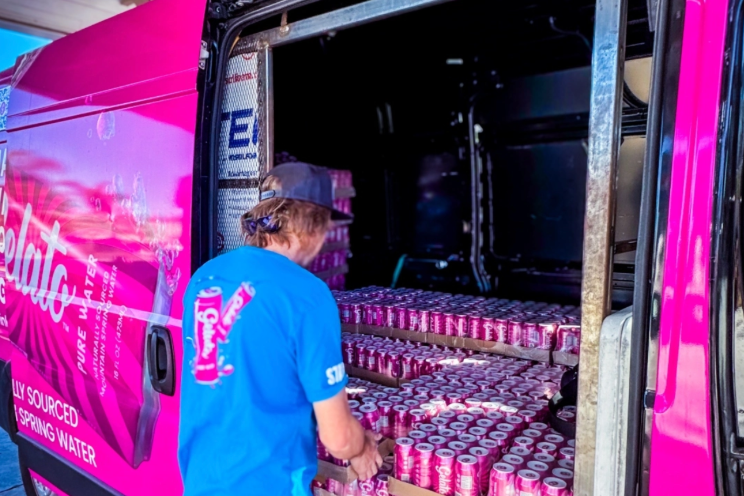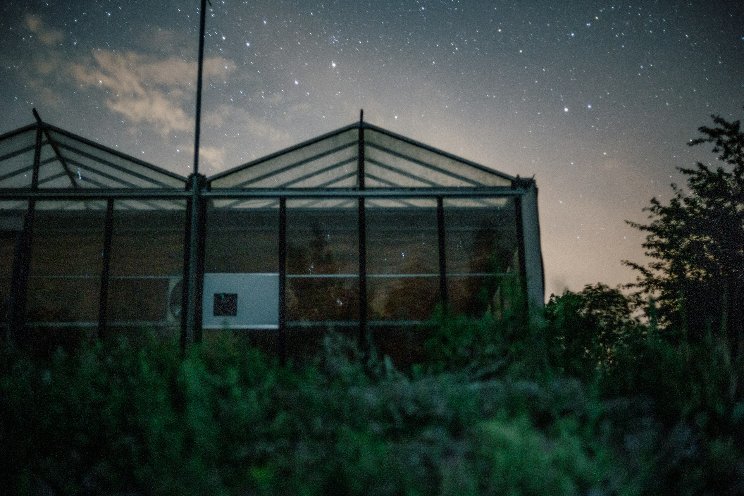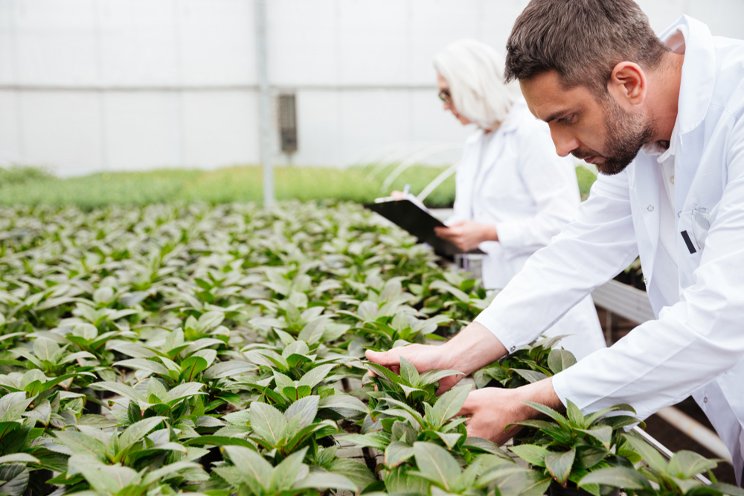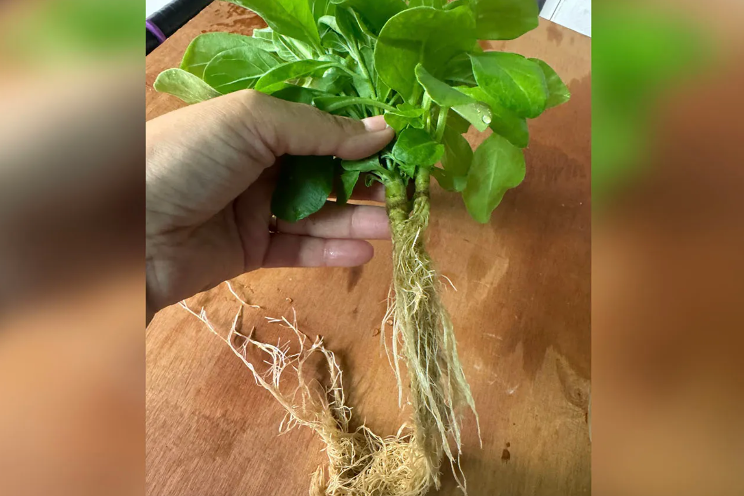Current ralstonia situation
Added on 07 May 2020
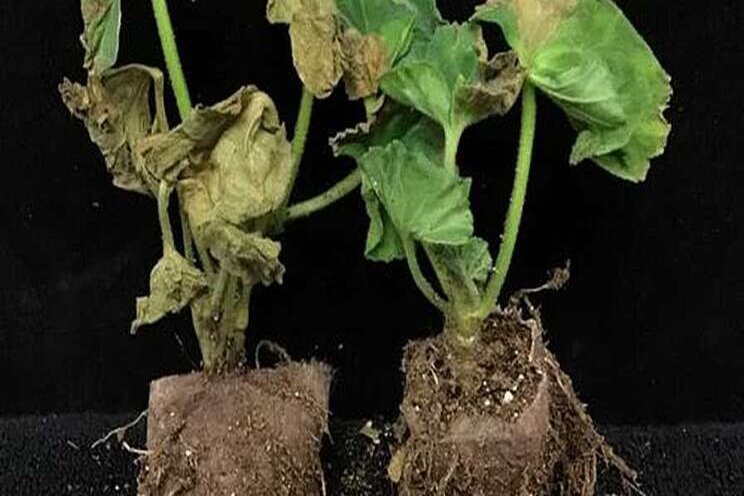
Last week, AmericanHort's Horticultural Research Institute hosted a webinar that offered vital information on the challenges in identifying this strain of Ralstonia, and what you can do to minimize risk at your own greenhouse.
Caitilyn Allen, a Professor and Plant Pathologist at the University of Wisconsin-Madison, led off the presentation with a deep dive into Ralstonia solanacearum, which cases bacterial wilt in geraniums. Here are a few highlights from Allen's presentation:
- The Ralstonia species complex infects plants' water-transporting xylem vessels. It spreads quickly, causing stunting, yellowing and wilting of leaves, and eventual plant death. The rolled-over leaves and yellowing are the most notable symptoms, along with browning of vascular tissue and oozing from stems. However, one of the main challenges in dealing with Ralstonia is that it often forms symptomless infections.
- There are thousands of strains of Ralstonia, and most of them are only a problem in tropical and subtropical areas. Race 3, biovar 2 is the only strain that causes disease in cooler areas.
- Tomatoes and potatoes are among the most common hosts for this strain of Ralstonia, which also causes the dreaded brown rot in potatoes.
- Ralstonia is listed as a select agent pathogen in the Agriculture Bioterrorism Protection Act of 2002, which means any detection leads to intense eradication efforts.
- In addition to geraniums, Ralstonia solanacearum can also infect petunia, calibrachoa, and osteospermum. A particular challenge for a crop like geranium is that cuttings are often produced offshore in locations where Ralstonia is established.
- The main challenges in identifying Ralstonia are that it grows slowly in culture; it has largely symptomless infections; it has uneven distribution; and identification can require sophisticated tools that are not available to everyone.
- Immunostrips can work (a red band means a positive result), but they are expensive and not always sensitive enough to detect the bacterium. Your best approach is to sample the crown of the plant.
- One potential detection method is to test run-off water since the roots of infected plants can often shed cells.
- The best preventive and management approaches remain phytosanitation through clean stock, growing media, water, and tools, as well as worker education.
- David Norman has looked at phosphorous acid as a management tool. It's important to note, however, that this is a protective measure, not a curative one. In other words, it does not protect the plant from above-ground infections.
Following Allen, Dr. Matt Royer, Associate Deputy Administrator Field Operations, USDA-APHIS PPQ, outlined the federal government's response plan.
"When Ralstonia was first discovered in 2003, we implemented an aggressive eradication program, but also destroyed millions of plants," Royer said. "Since then, we have strengthened offshore sanitation programs, and our hope is that this situation will be much less impactful."
After an APHIS stakeholder announcement on the detection of Ralstonia in April, the agency moved quickly to contain and eradicate it. It first confirmed that the infected plants came from a greenhouse in Guatemala, inan area where 'Fantasia Pink Flare' geraniums were isolated and destroyed.
The next step for the agency will be to contact U.S. facilities growing this variety, hold the plants there, destroy all potentially infected material if necessary, and disinfect all areas housing the infected material.
"Our objective is to release these facilities as soon as possible," Royer says. "In the meantime, growers can minimize risk by using safe water practices, keep crops from different shipments separated, disinfect tools between use, scout often, and learn as much as you can about best practices in sanitation."
If you think your plants may have been infected with Ralstonia, you can click here for a list of state plant health directors to contact.
Mike Klopmeyer, President of Ball FloraPlant, closed the presentation with a review of what the company, which produces 'Fantasia Pink Flare,' has done in response.
"We have received reports of symptoms from four or five of our customers, with less than a thousand plants showing symptoms," Klopmeyer said. "Despite the fairly low incidence so far, we went with the safe route of mandatory destruction of plant material."
While the original source of infection has not been determined yet, Klopmeyer says Ball FloraPlant is not shipping from its Guatemala farm (Floricultura) until further notice.
You can listen to the full recording of the webinar here.
Source and Photo Courtesy of Greenhouse Grower
Source: Greenhouse Grower
More news
